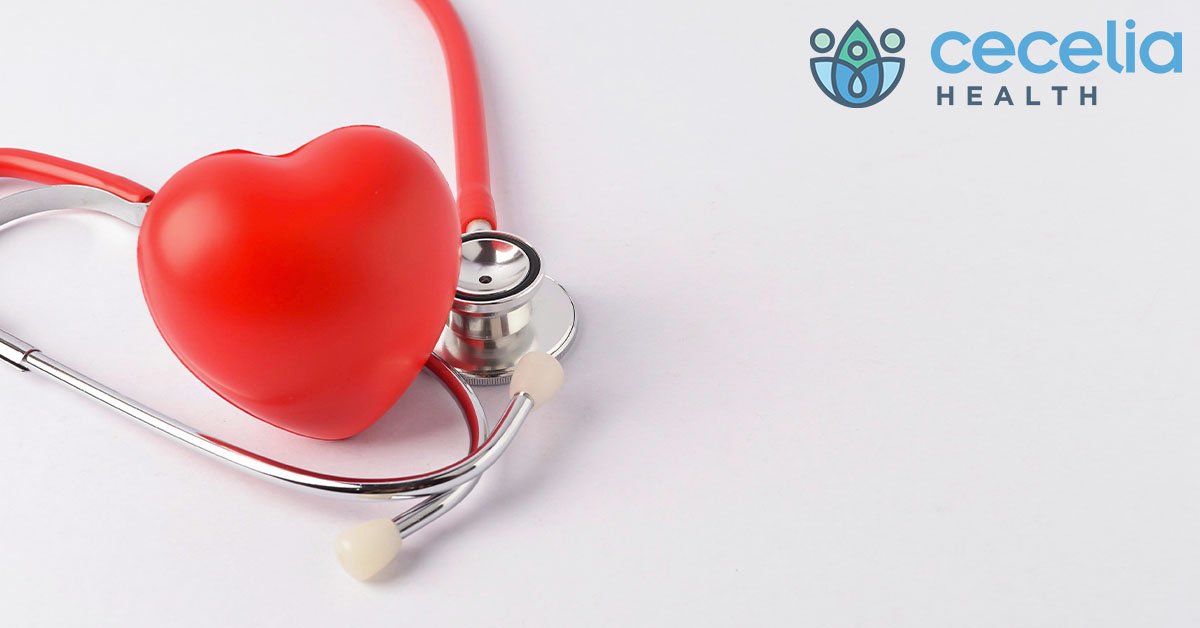Heart disease is the leading causing of death in the United States, according to the CDC. Over 6 million Americans currently have heart failure. This figure is expected to increase to 8 million by 2030. The AHA reports that the primary contributing factors for the extremely high rates of heart disease in the United States are due to more people surviving heart attacks and thus, facing higher heart-failure risk thereafter. Moreover, as an aging population, heart disease, like many other conditions, is more likely in an older/geriatric demographic. With recent dramatic leaps in sensor and soft robotics technology, scientists are turning to innovative medical devices to prolong the life of patients with heart failure and other forms of cardiovascular disease. The procedures and technology to manage heart disease are rapidly evolving and the future is looking promising.
Methods for treating heart disease and heart conditions
Drugs
Many people rely on daily medications to manage their heart conditions. The most common drugs include angiotensin-converting enzyme (ACE) inhibitors and beta blockers. The majority of which work by preventing or blocking the effects of hormones that get released by the body during heart failure. Medications work relatively well for many, but once a person is living with advanced heart disease, the effectiveness of medications drops significantly. Medications also pose some serious risks and side effects, including hindering kidney function and hypotension.
Devices
Surgery is often medically necessary for treating heart related conditions and often involves implanting medical devices. Pacemakers, also referred to as cardiac resynchronization therapy (CRT), are small devices that contain electrodes, implanted into the heart, that deliver electrical impulses to regulate heartbeat. Two other main types of devices are (1) implantable cardiac defibrillators, or ICDs, which work similar to pacemakers, using electricity to correct irregular heart beats; and (2) ventricular assistance devices, or VADs, supplementary pumps that help the heart pump blood.
The future of heart care
Within the last 5 years, clinical advancements with implantable medical sensors and nanotechnology have made medical devices more precise, accurate, smaller, safer and more reliable. Doctors are now able to place multiple sensors with extreme accuracy, on different chambers of the heart, resulting in cross organ and device communication and coordination.
Implantable defibrillators
The newest pacemakers and defibrillators also contain nano sensors that can monitor additional variables such as blood oxygen levels, physical activity, body temperature, adrenaline and hormone levels. This is extremely useful as it enables devices to more accurately function the way a natural heart does, namely, in response to many variables and bodily functions and levels all at the same time.
Most cutting edge is the implantable string subcutaneous defibrillator (ISSD). A less invasive device that can prevent sudden cardiac death. Unlike current subcutaneous defibrillators, the ISSD does not require a metal pulse generator pocket. Instead, it uses a single flexible string-shaped device with no leads within the heart. The average implantation time is only 20 minutes, and the device can be connected to a smartphone.
Robotic sleeve
Researchers at Boston Children’s Hospital and Harvard University devised an innovative soft robot that fits around the heart and helps it beat. The device is extremely promising for individuals whose heart has been weakened by a heart attack and are at risk of heart failure. The robot syncs with the heart through a thin silicone layer containing soft pneumatic actuators which replicate the heart’s outer muscle layers. It does so without any direct contact with the blood, as is the case with most currently available devices. This removes the need for potentially dangerous blood thinner medications.
3D bioprinted heart tissue
Biolife4D, a biotech startup has announced it’s capacity to bioprint a human heart muscle patch, which can be implanted over an area of dead heart muscle to facilitate speedier recovery from acute heart failure. This is highly sophisticated and complex. It involves reprogramming blood cells into stem cells, which are then mutated to produce the specific types of cells suitable for the 3D bioengineering of a human heart.
Predictive technology
Innovation also includes non-invasive wearables vests or devices to monitor heart activity, lung fluid and heart functionality, to determine associated risks. As well as retina scanning technology to predict propensity to future heart related complications based on blood vessel activity.
What’s next?
The future of heart disease management and the prevention of critical conditions is with monitoring and identifying heart health before it becomes an issue. Doctors have witnessed a shift, to improve technology that can monitor patients before any high risk symptoms actually start. The direction is focused on locating potential risk factors before patients become inherent high risk individuals with high risk outcomes. The ultimate goal of providers is to determine potential risk factors more easily, and as a result, intervene as soon as possible, to prevent heart disease complications before they even develop. There are many interesting advancements on the horizon. Before making any changes to managing your condition, speak with your clinical team about heart disease management options that may be suitable for you.
